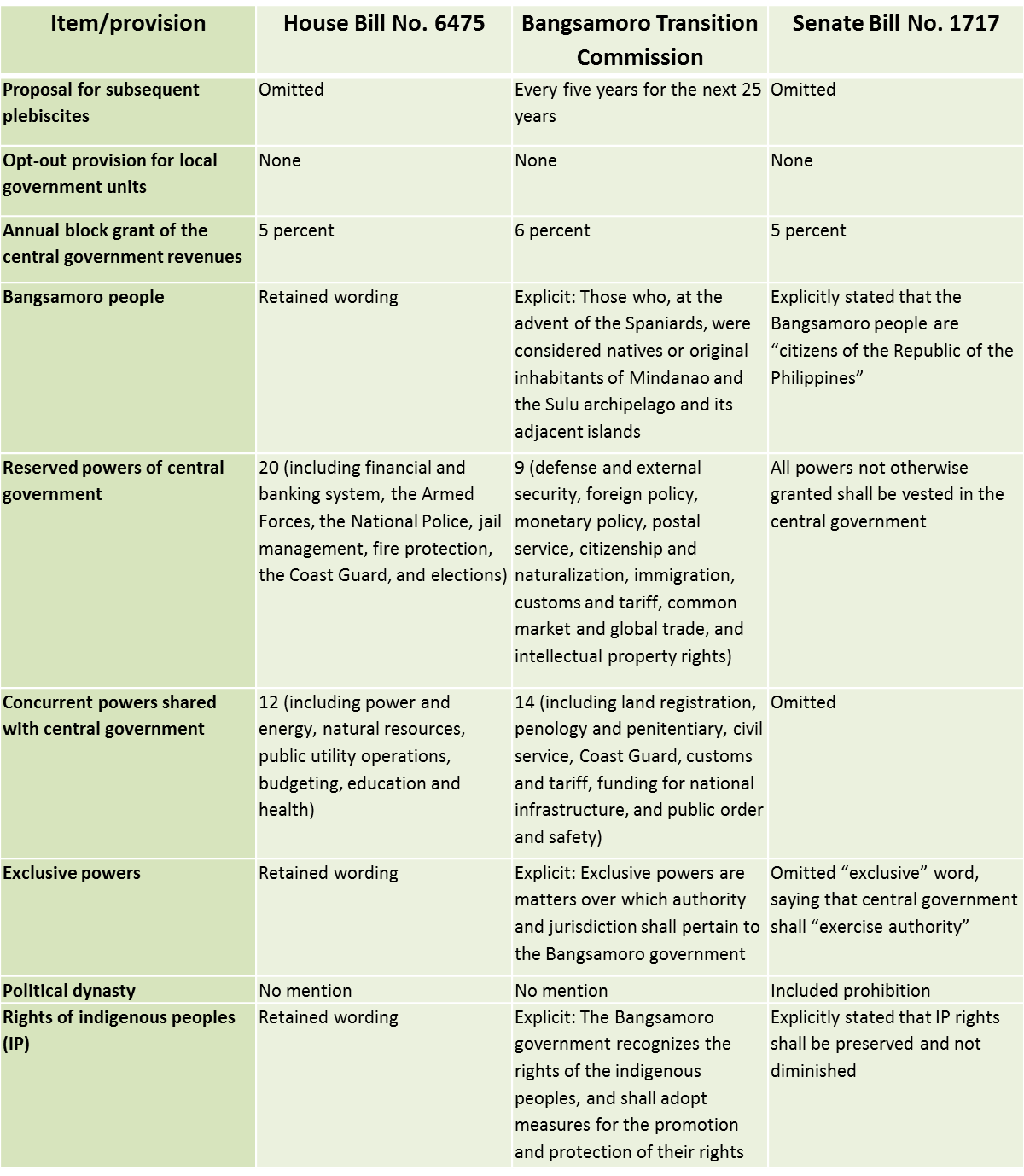BBL Back in the News

Aksyon news anchor Ed Lingao explaining the BBL. Screen shot from News5Everywhere YouTube page.
LONG OVERDUE, the Bangsamoro Basic Law (BBL) has finally moved forward in Congress. News had sidelined the proposed law after the tragic outcome of an operation of the Philippine National Police’s Special Action Force in Mamasapano in 2015. Then Senator Ferdinand “Bongbong” Marcos Jr., as chair of the Committee on Local Government, suspended the hearings on the BBL, blaming President Benigno Aquino III and the Moro Islamic Liberation Front (MILF) for the bloody encounter.
On May 28, President Duterte, having just met with the leaders of both the House and Senate and members of the Bangsamoro Transition Commission, certified BBL as urgent. Both chambers acted quickly. On May 30, the House of Representatives passed HB 6475, its version of BBL, by vote of 227 in favor, 11 against and 2 abstentions. The Senate followed suit in the early hours of May 31 after a marathon deliberation, passing SB 1717 with 21 senators in favor.
With its focus on the new developments, most media reports unfortunately missed providing background information to review the BBL’s journey in the Congress, providing context to the current debate.
CMFR monitored reports from main newspapers Manila Bulletin, the Philippine Daily Inquirer and The Philippine Star; primetime newscast 24 Oras (GMA-7), Aksyon (TV5), News Night (CNN Philippines) and TV Patrol (ABS-CBN 2); as well as select news websites from May 28 to June 3, 2018.
Keeping Tabs
Initial news accounts mainly reported the expectations on the upcoming deliberations in both the House and the Senate. Upon passage of the proposed bills on May 30 and 31, reports noted the comments of stakeholders, as well as legislators. News accounts also noted concerns of some congressmen on the House BBL’s constitutionality, a recurring issue that also hounded the original draft BBL in 2015.
Reports on the Senate version, meanwhile, cited assurances from senators about the constitutionality of the Senate BBL, having included 150 amendments to ensure it would pass judicial scrutiny. Key amendments implemented by the Senate clarify or address concerns, such as the possible expansion of the Bangsamoro region, the question of citizenship, fiscal autonomy, wealth-sharing agreements, block grants and regional security, among others.
Cheers
CMFR cheers Aksyon and the Inquirer for their efforts to fill in the gaps left by the media’s coverage of the recent turn of events involving the BBL.
Aksyon news anchor Ed Lingao on May 31 (“EXPLAINER | Mga kasunduan bago ang BBL”) recalled the history behind the BBL, emphasizing the aspiration of the Bangsamoro for a wider autonomy, the need to recognize the Moros’ historic grievance arising from four key failures in the past, and reflecting how each gave rise to more rebel groups:
- Failure of 1976 Tripoli Agreement led to the formation of the MILF in 1979;
- Flaws in the 1996 Final Peace Agreement built up strength of the Abu Sayyaf Group;
- Failure of the Memorandum of Agreement on Ancestral Domain in 2008 triggered the breaking away of the Bangsamoro Islamic Freedom Fighters from the MILF; and
- Failure to pass the first BBL in 2015 strengthened the Maute-ISIS group.
“Anuman ang kalalabasan, mahalaga na makuha ang balance ng ligal at politikal. Dahil sa bawat tangkang hindi magtatagumpay, lumalalim ang problema,” Lingao said.
The segment included a brief discussion of the proposed Bangsamoro region’s government, as well as the issues Congress must address. Lingao’s explainer was accompanied by visuals flashed on a panoramic screen in the studio’s backdrop.
The Inquirer, for its part, looked into the contents of the three present versions of the BBL.
An Inquirer.net article on May 31 focused on the House BBL and compared it to BTC version. The report noted key aspects of the two versions, highlighting the differences in the provisions concerning national government powers, regional taxes and territorial expansion (“What changed in the House’s version of the BBL?”).
A June 2 report, meanwhile, looked into the House and Senate versions, noting that while there are similarities, “there are more differences between the two versions of the proposed BBL” (“’Bloody’ BBL bicam debates seen: More differences than similarities”).
The use of a table to show the similarities and differences of the House, BTC and Senate BBLs on key issues in the Inquirer’s June 2 issue. This was not available in the online post.
See Box for the table as it appeared in the newspaper.
KEY PROVISIONS OF THE SENATE, HOUSE AND BTC VERSIONS OF THE PROPOSED BANGSAMORO BASIC LAW

Leave a Reply